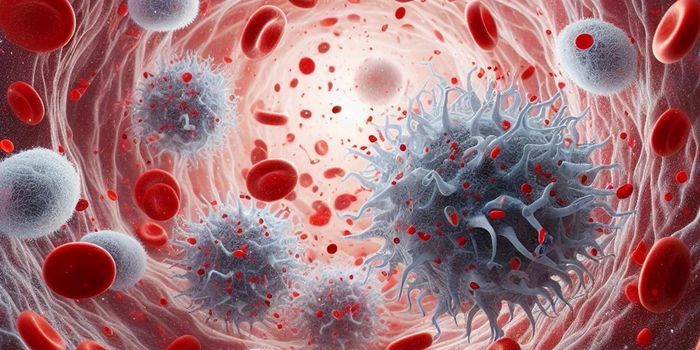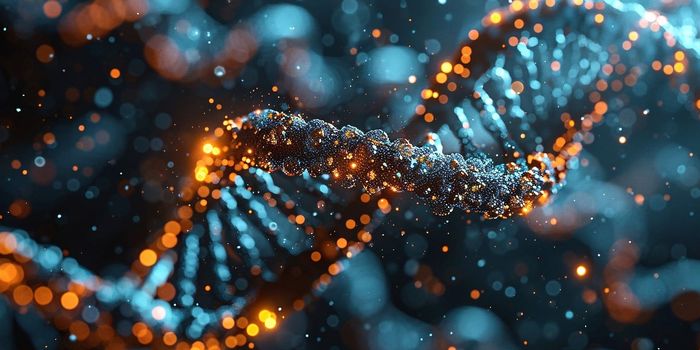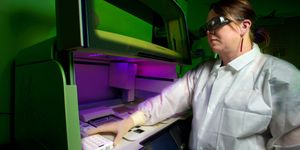Using AI to identify new measures of mammography
New findings published in the International Journal of Cancer from the University of Melbourne report that new mammogram imaging measures could be used to predict individual women’s risk of developing breast cancer. The measures are based on Cirrocumulus, which shows up in the image's brightest areas, and Cirrus, which comes from its texture.
"These measures could revolutionize mammographic screening at little extra cost, as they simply use computer programs," said lead researcher and University of Melbourne Professor John Hopper. "The new measures could also be combined with other risk factors collected at screening, such as family history and lifestyle factors, to provide an even stronger and holistic picture of a woman's risk.”

The team used AI to look at mammogram images of large numbers of women with and without breast cancer, ultimately identifying the two new measures of Cirrocumulus and Cirrus. As Hopper mentions, these measures, when combined with others, provide a more effective way of investigating breast cancer risk. The team hopes that improved screening will work two-fold: by reducing mortality and by making the screening process easier for women, which may encourage more women to conduct careful screening.
"Only around 55 percent of Australian women aged 50-74 currently present for screening aimed at detecting breast cancers early," says Hopper. "Knowing that screening could also give an accurate risk prediction could encourage more women to take up the offer of free screening. Women with high risk based on their mammogram would also benefit greatly from also knowing their genetic risk."
The measures also offer a strategy to enhance screening effectiveness for women with dense breasts. Denser breasts produce mammography with more white or bright areas, making it harder to diagnose breast cancer from the images.
"Tailored screening - not 'one size fits all' - could then be based on accurately identifying women at high, as well as low, risk so that their screening can be personalized. Given mammography is now digital, and our measures are now computerized, women could be assessed for their risk at the time of screening - automatically - and given recommendations for their future screening based on their personal risk, not just their age."
Sources: International Journal of Cancer, Eureka Alert








